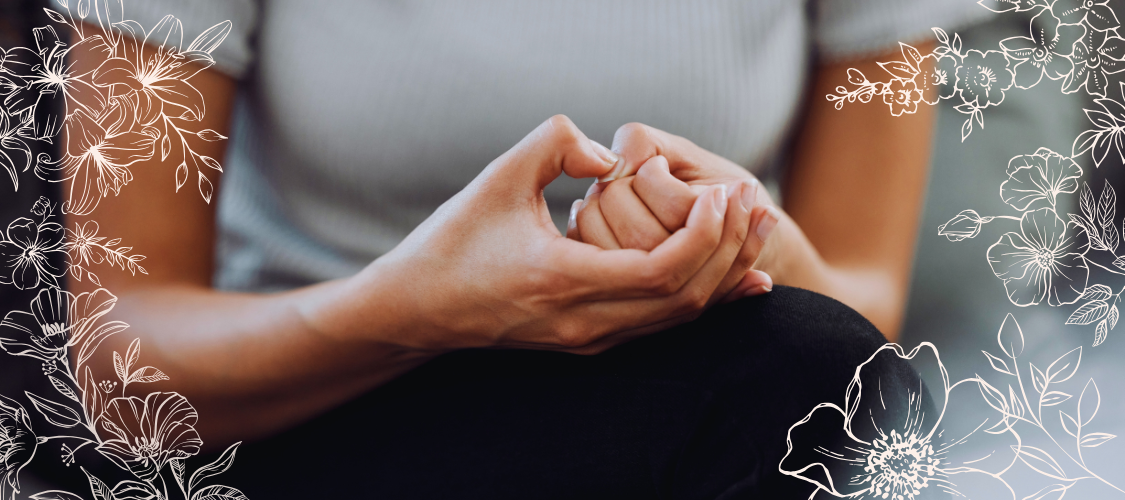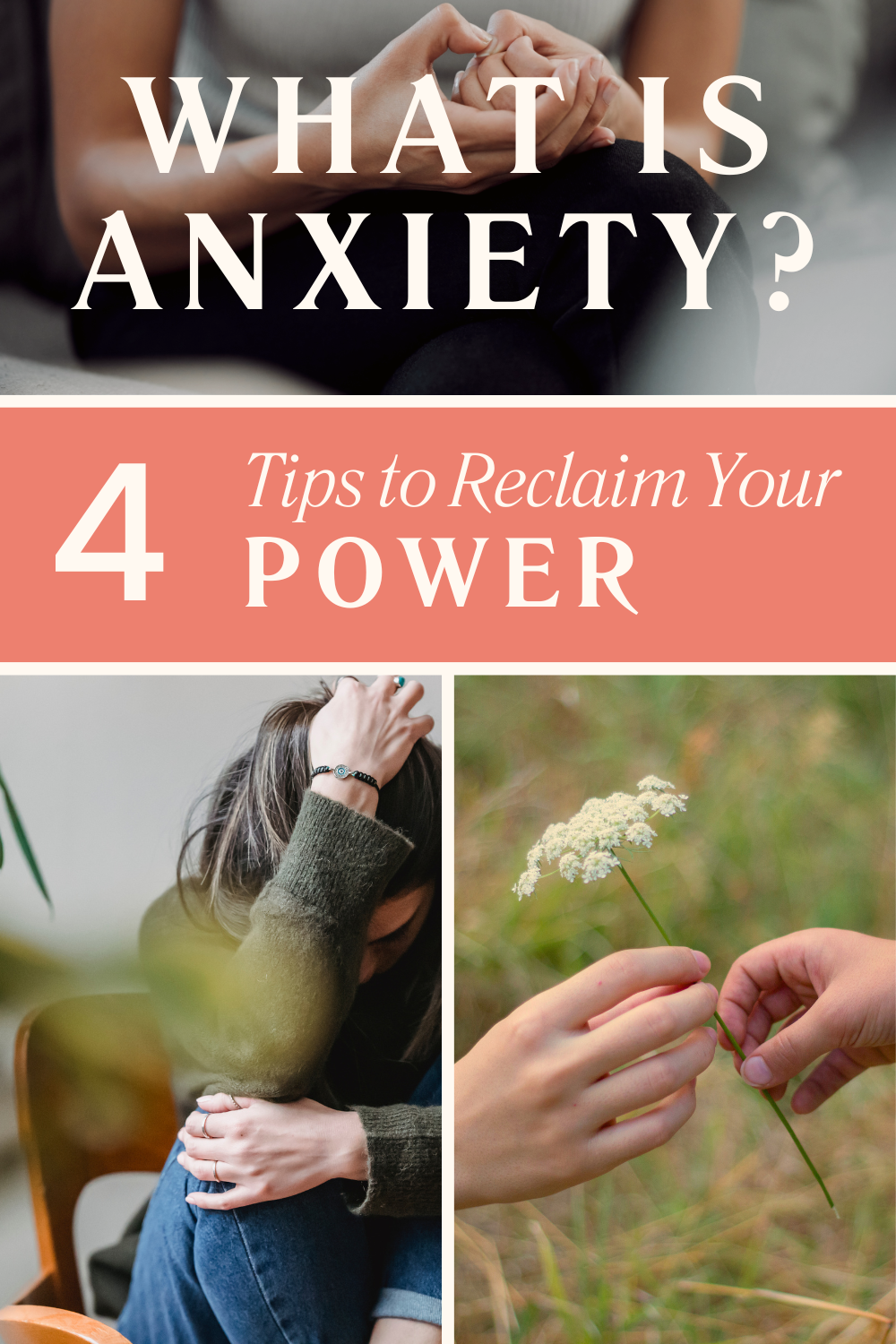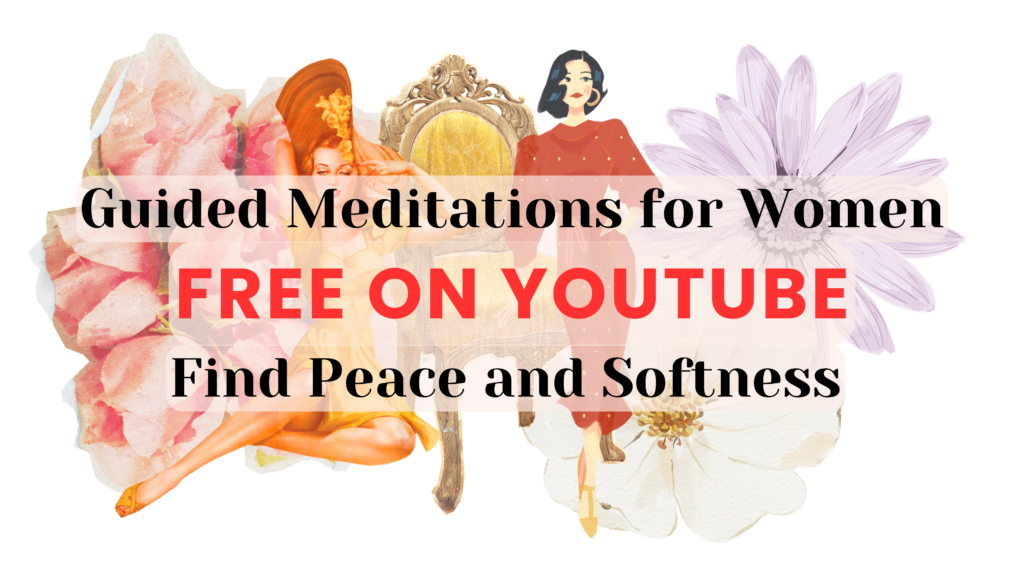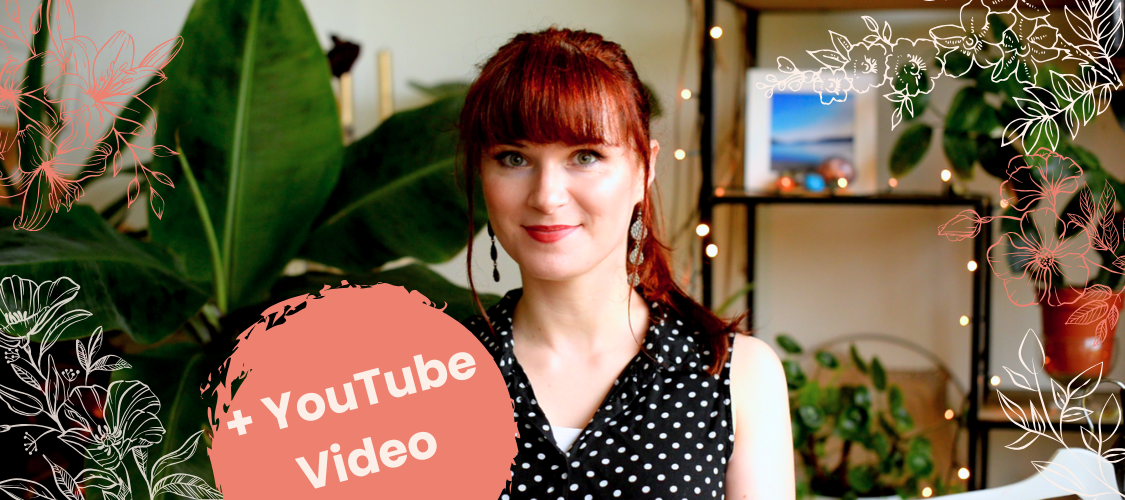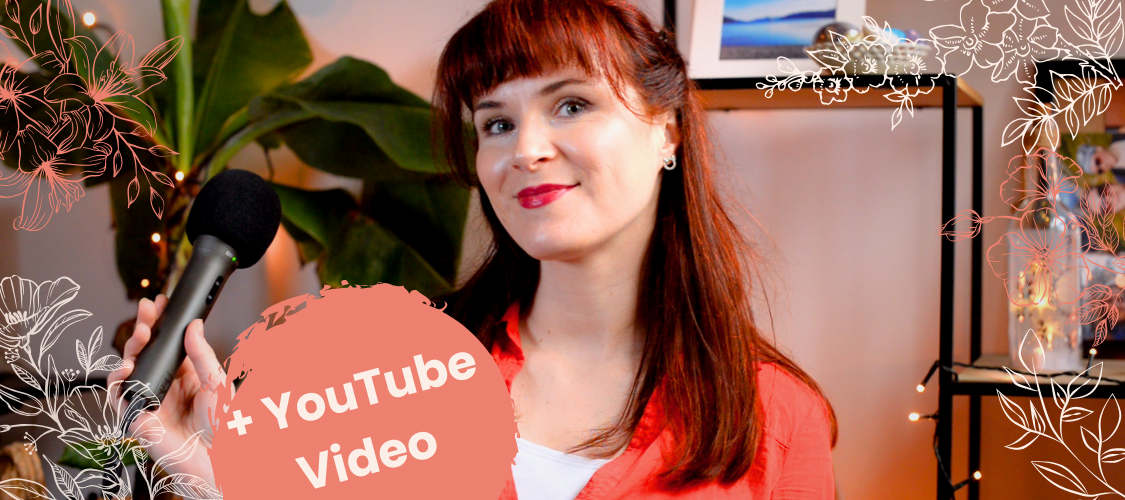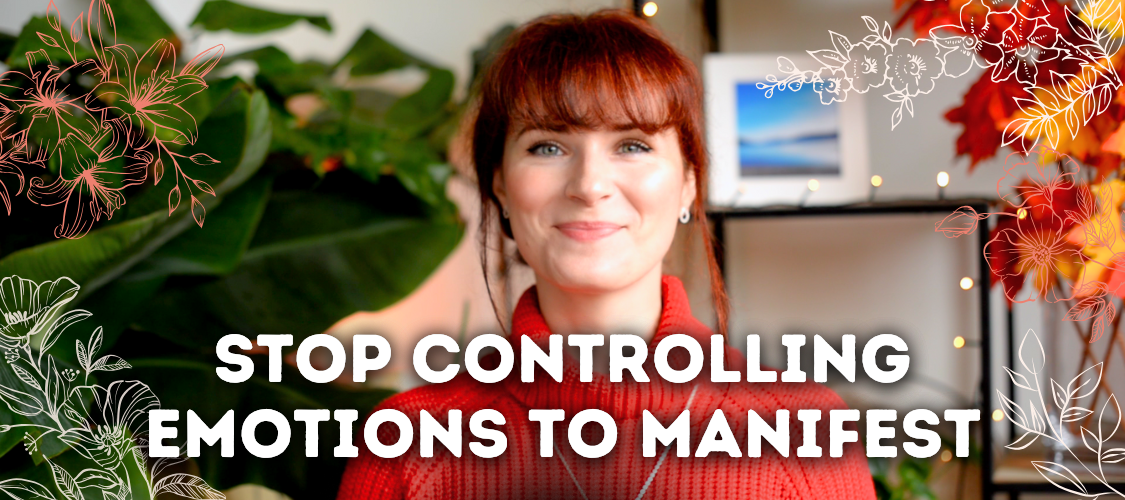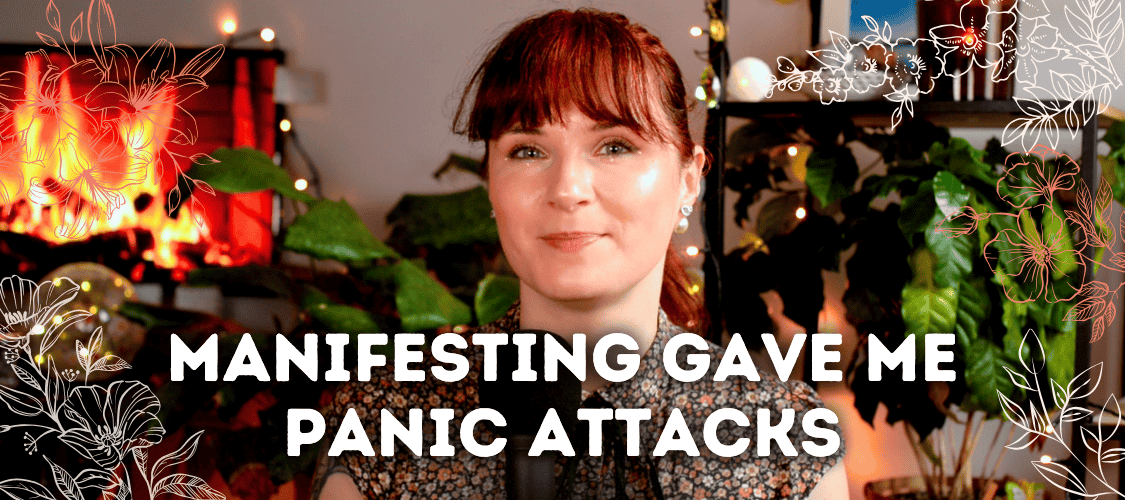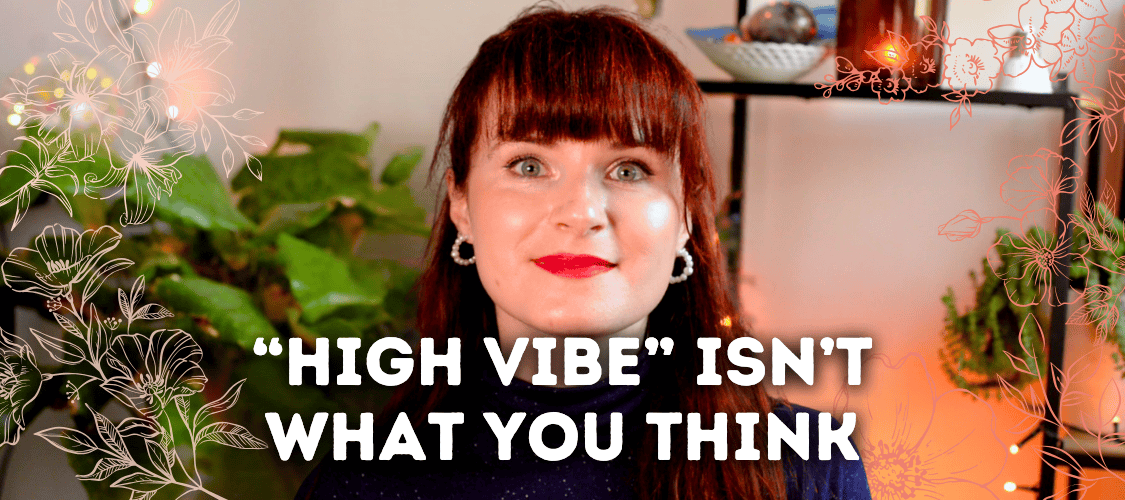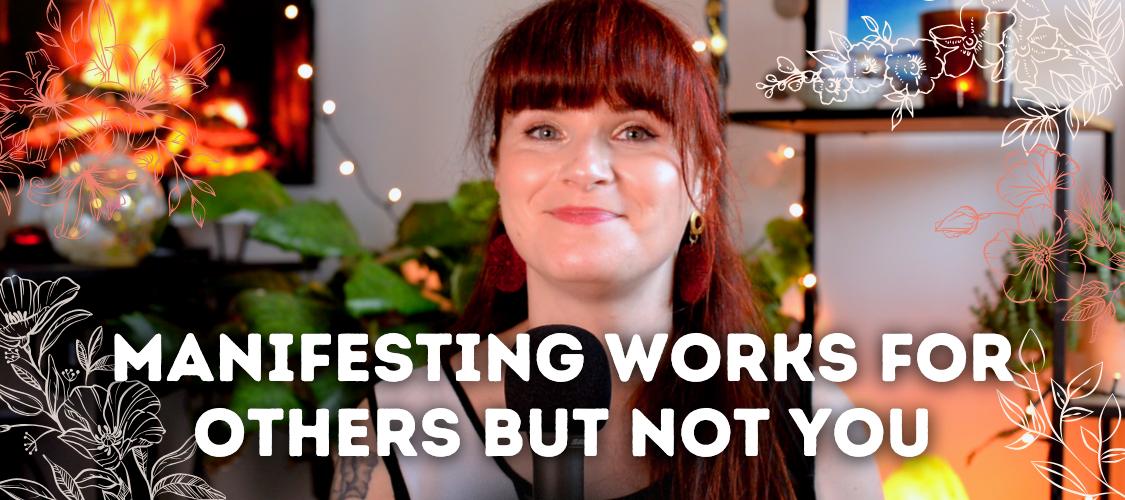You know anxiety’s wide-ranging impact on your life better than anyone. But what is anxiety, really, and why do we experience it in the first place? Let’s explore its roots, learn what is anxiety and uncover how to end it for good.
Responsibility as a Superpower
When we take responsibility for our feelings, we reclaim the power that often seems lost in anxiety’s grip. Anxiety often feels overwhelming because we unconsciously place our power in the hands of external circumstances or other people.
Why do we do this? Because responsibility is uncomfortable—it means we must look inward and make changes, rather than staying in a passive role.
But here’s the secret: responsibility is not a burden; it’s your greatest ally. When we embrace responsibility, we’re not only accepting the reality of our emotions but also taking the reins to change them. Anxiety no longer controls us. Instead, we hold the power to understand, process, and release it.
We all know that with the great power comes great responsibility, I believe it’s the other way around. When we accept the responsibility and see our live as a reflection of our inner world, everything starts to shift. The power is on our side.
This self-awareness sets the stage for real transformation. Before diving into the tools to address anxiety, let’s demystify its root causes.
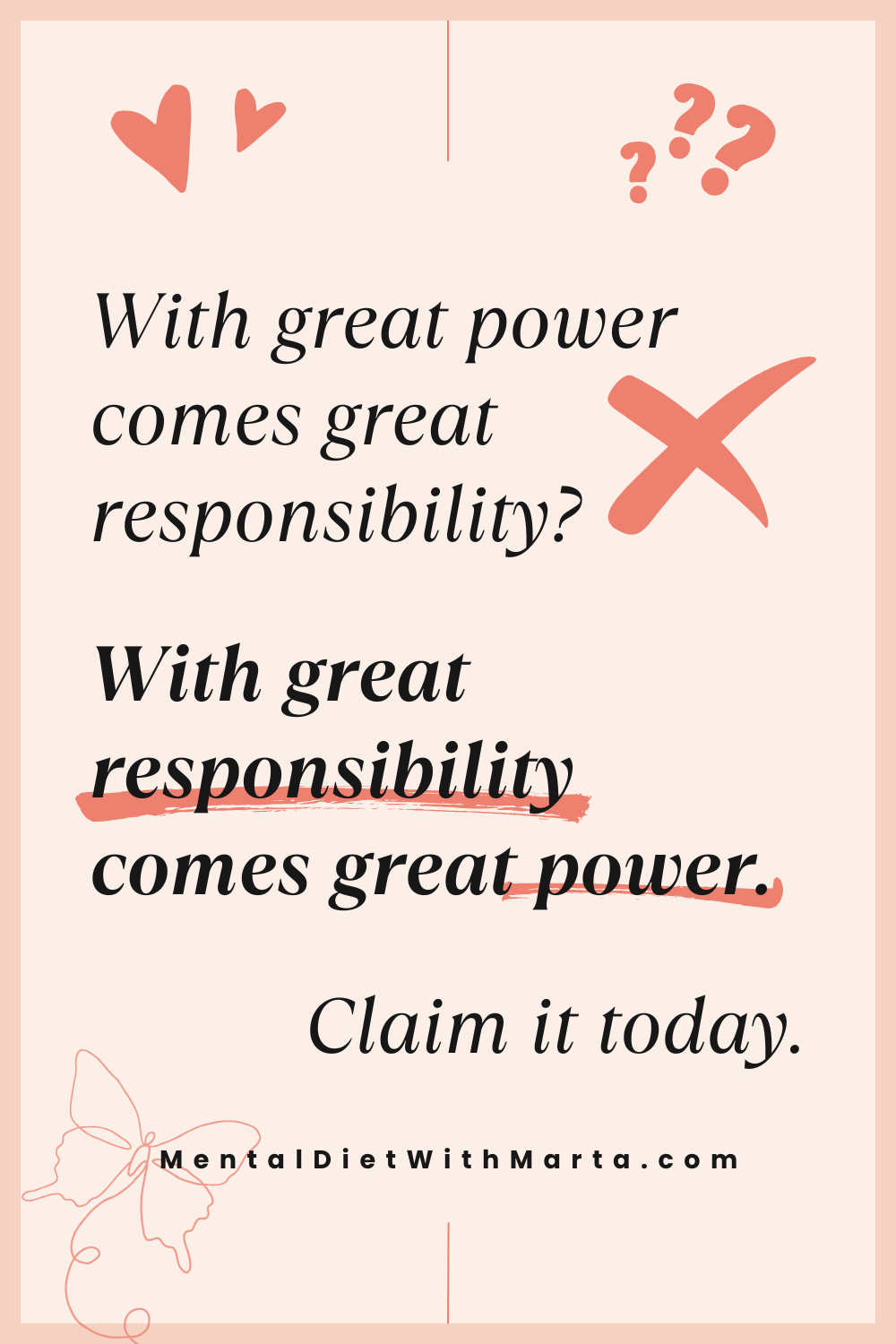
The Anxiety Equation: A Fresh Perspective
First, let me reassure you and be completely clear: you cannot fail at manifesting what you want. And feeling your emotions (as opposed to resisting them) will speed up the process. Forget the Law of Attraction where you must have a positive vibe all the time to attract the positive things. Know that you cannot do anything wrong and feeling properly ALL that you feel is safe.
So now that we have established that, what is anxiety? From my experience, anxiety can be distilled into a simple equation:
Anxiety = Lack of Trust + Energy Depletion + Misalignment
This formula helps us focus on the root causes instead of just treating the symptoms, like racing thoughts, tightness in the chest, or disturbed sleep. Here’s what each component means:
1. Lack of Trust
When we don’t trust ourselves, we second-guess our decisions and become paralyzed by fear of the unknown. This mistrust often stems from past experiences and keeps us fixated on the future. But the future is not determined by the past. It is built in the now. Rebuilding trust in yourself and life’s flow is crucial to dismantling anxiety.
2. Energy Depletion
When we focus too much on others or external circumstances, we give away our energy. Where attention goes, energy flows. This lack of balance is especially pronounced in individuals with anxious attachment styles, who feel constantly drained from prioritizing others over themselves. Reclaiming your energy is a key step in restoring peace.
2. Misalignment
Anxiety often serves as a signal that something in your life isn’t aligned with your true desires or purpose. Persisting down the wrong path, even with good intentions, creates inner tension and unease. Learning to recognize and honour this feeling can guide you back to your authentic path.
Tip 1. Grounding Yourself in the Present Moment
Grounding is one of the most effective ways to break free from anxiety’s hold. Anxiety thrives when we dwell on the future or replay the past. Grounding techniques bring us back to the present—the only moment where we truly have power.
And you can do this at any time, wherever you are, without anyone even noticing.
By practicing grounding, you’ll notice anxiety loses its grip and fades into the background.
How to Ground Yourself:
- Locate the Sensation: Notice where anxiety resides in your body. Is it in your chest, stomach, or jaw? Acknowledge it without judgment.
- Breathe Deeply: Inhale slowly for a count of four, hold for four, and exhale for four. This resets your nervous system and anchors you in the now.
- Use Your Senses: Focus on what you can see, hear, touch, smell, and taste. For example, describe five things you see in the room around you. This sensory focus shifts your attention away from racing thoughts.
Sign Up to My Newsletter to Keep Up to Date with More Content
Tip 2. Visualizing Positive Outcomes
Another powerful tool to combat anxiety is visualization. Anxiety often paints worst-case scenarios in vivid detail, but you can use this same mental energy to create positive visions instead.
Visualization not only calms the mind but also rewires it to expect success and fulfilment. The more you practice, the easier it becomes to shift your focus to the positive.
Try This:
- This method requires you to have the clarity on what you really want in life. Journal to find out, reach out to your Higher Self. A good way to start is to describe how a perfect everyday would look like for you. I will make a video or a post to describe the process in details, so sign up to my newsletter for this.
- Close your eyes and picture the outcome you’d like to see.
- Add as much detail as possible. What do you see, feel, and hear in this ideal situation? What do you think? How do you move? What kind of person you are when you have your desire?
- Remind yourself that this vision is as valid as any negative thought your mind generates.
Tip 3. Keeping Your Eye on the Goal
Grounding is one of the most effective ways to break free from anxiety’s hold. Anxiety thrives when we dwell on the future or replay the past. Grounding techniques bring us back to the present—the only moment where we truly have power.
By practicing grounding, you’ll notice anxiety loses its grip and fades into the background.
When you keep your eyes on the goal, anxiety loses its ability to derail you.
Here’s How:
- Write It Down: Clarify your goals in a journal or vision board.
- Revisit Your Why: Reflect on why you started in the first place. This strengthens your resolve.
- Break It Down: Focus on one small step at a time. Progress, no matter how small, keeps anxiety at bay.
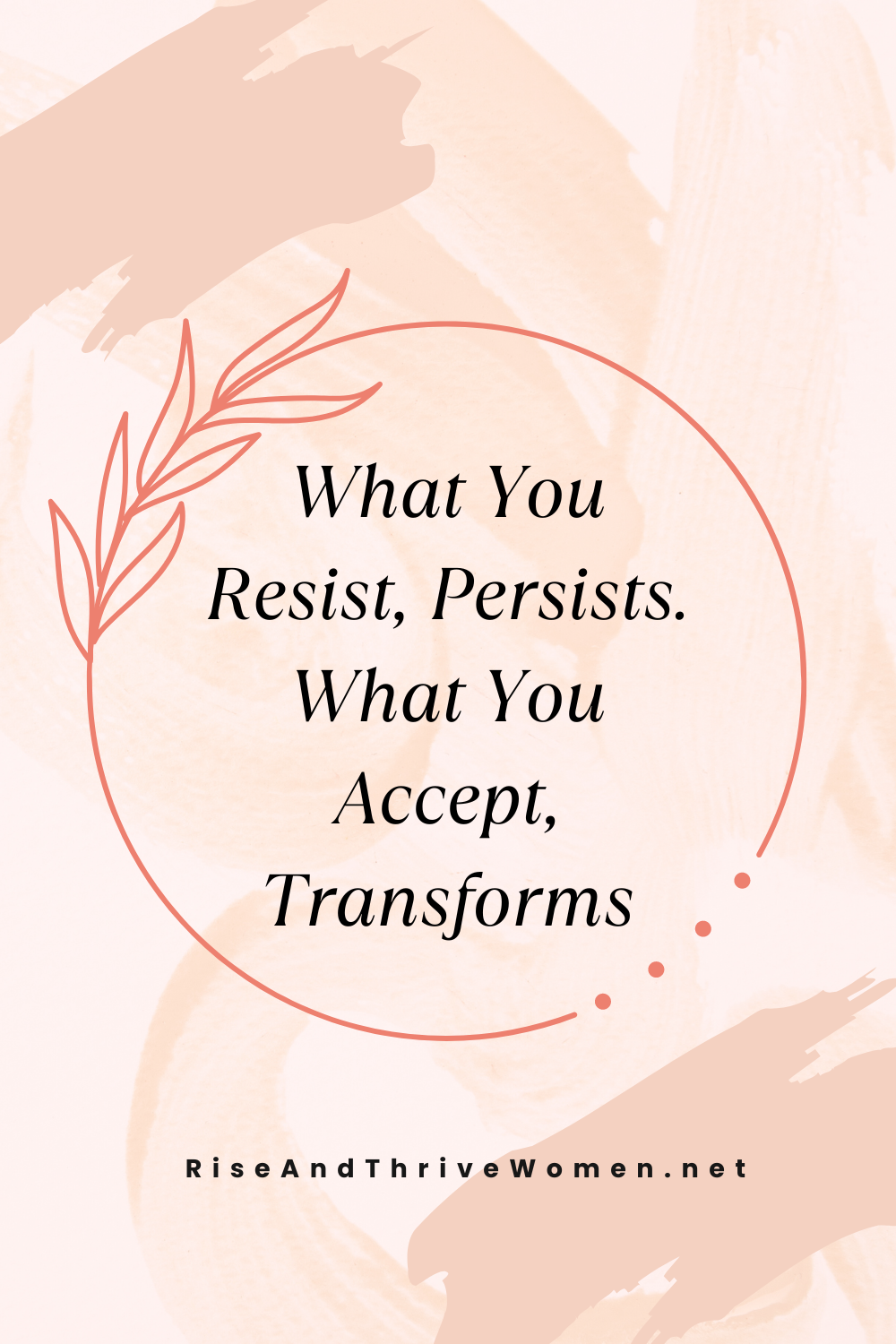
Tip 4. The Letting Go Method
Finally, let’s talk about letting go. This may sound counterintuitive, but fighting anxiety often makes it stronger. Instead, the secret is to feel it fully and then release it.
When you let go, you create space for peace to enter. Anxiety thrives on resistance, so by accepting and releasing it, you take away its power.
Emotions are energy in motion. They are meant to flow through us. So all we have to do is to burn the energy behind them. It’s really that simple.
Two Simple Steps:
- Feel It: Locate the anxiety in your body and allow it to exist. Don’t analyze it (what caused it, who and which circumstance, don’t blame anybody) or resist it; just observe it.
- Shift Focus: Once the intensity subsides, shift your attention to your breath, a peaceful thought, or the present moment.
Conclusion
Remember, anxiety is just an experience—it does not define you. By understanding its root causes and using tools like grounding, visualization, and letting go, you can reclaim your peace and power.
So, next time anxiety arises, ask yourself: What is anxiety trying to teach me? Embrace the lesson, apply these techniques, and trust that you are on the right path.
Recommended next post to read:
A 5-STEP GUIDE HOW TO MAKE THE MOST OF YOUR SINGLEHOOD
WHAT CAN JEALOUSY TEACH YOU ABOUT YOURSELF
HOW TO WORK ON YOUR SELF-CONCEPT FOR LOVE
